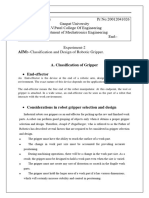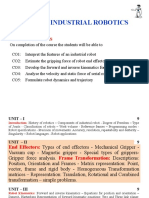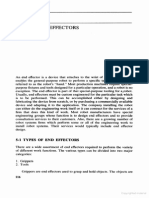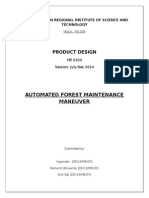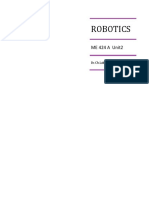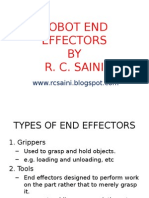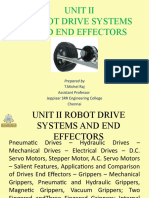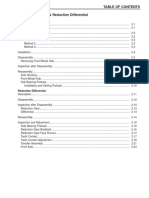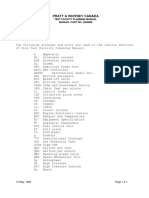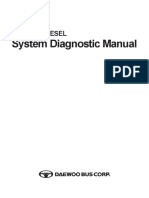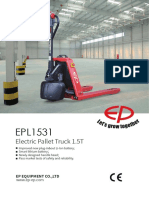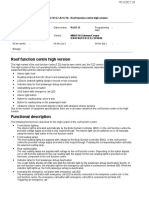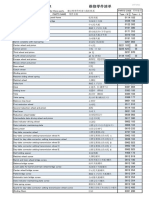0% found this document useful (0 votes)
19 views5 pagesRobotics Part 2
The document discusses various types of robot end-effectors, including mechanical grippers, electromagnetic grippers, and vacuum end-effectors, highlighting their applications in manufacturing and assembly. It also covers the importance of dexterity in grippers and the use of compliant end-effectors for precise alignment during assembly operations. Additionally, the document outlines different types of actuators used in robots, including pneumatic, hydraulic, and electric motors, detailing their functions and operational principles.
Uploaded by
niteeshbalaji15Copyright
© © All Rights Reserved
We take content rights seriously. If you suspect this is your content, claim it here.
Available Formats
Download as PDF, TXT or read online on Scribd
0% found this document useful (0 votes)
19 views5 pagesRobotics Part 2
The document discusses various types of robot end-effectors, including mechanical grippers, electromagnetic grippers, and vacuum end-effectors, highlighting their applications in manufacturing and assembly. It also covers the importance of dexterity in grippers and the use of compliant end-effectors for precise alignment during assembly operations. Additionally, the document outlines different types of actuators used in robots, including pneumatic, hydraulic, and electric motors, detailing their functions and operational principles.
Uploaded by
niteeshbalaji15Copyright
© © All Rights Reserved
We take content rights seriously. If you suspect this is your content, claim it here.
Available Formats
Download as PDF, TXT or read online on Scribd
/ 5









